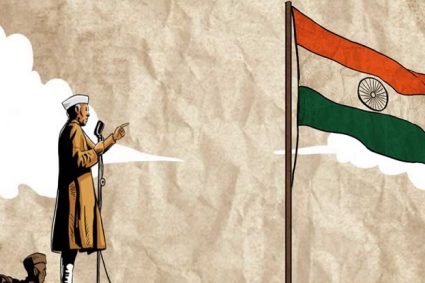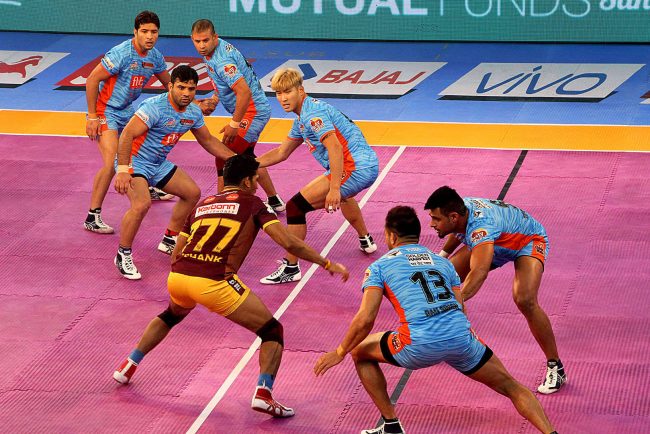
Indian cinema, a vibrant kaleidoscope of culture, art, and emotions, has completed a glorious century of storytelling, entertainment, and reflection. The journey that began with the screening of India’s first silent feature film “Raja Harishchandra” in 1913 has traversed through an extraordinary century, leaving an indelible mark on the global cinematic landscape. From the early days of black and white to the dazzling colors of modern cinema, this cover story pays tribute to the evolution, impact, and significance of 100 years of Indian cinema.
The Birth of Indian Cinema
The roots of Indian cinema can be traced back to the Lumière Brothers’ pioneering cinematograph demonstrations in Mumbai (then Bombay) in 1896. The awe-inspiring moving images on the screen ignited the imagination of Indian visionaries, leading to the production of India’s first indigenous film, “Raja Harishchandra” by Dadasaheb Phalke. This momentous event on May 3, 1913, marked the inception of an industry that would shape the artistic and cultural fabric of the nation.
The Early Days: Silent Era and the Advent of Talkies
In the early decades, Indian cinema thrived in the silent era, with mythological and historical dramas dominating the screens. The 1920s and 1930s witnessed the rise of legendary actors like Prithviraj Kapoor, Devika Rani, and K.L. Saigal, who left an indelible legacy on the silver screen. However, the true revolution arrived in the 1930s with the introduction of sound in Indian cinema, bringing “talkies” into the limelight.
Rise of Regional Cinema and Parallel Cinema
As Indian cinema expanded, regional industries flourished, each contributing to the rich tapestry of Indian storytelling. The 1950s and 1960s saw the rise of iconic actors like Raj Kapoor, Dilip Kumar, and Nargis, whose performances touched the hearts of millions. Concurrently, the ‘Golden Age’ of Indian cinema witnessed the emergence of the Parallel Cinema movement, spearheaded by filmmakers like Satyajit Ray, Ritwik Ghatak, and Bimal Roy. These artists showcased realistic narratives, delving into social issues and philosophical themes, earning global acclaim.
Bollywood: The Global Face of Indian Cinema
The 1970s and 1980s marked the ascendancy of Bollywood, the Hindi film industry centered in Mumbai. The era of ‘angry young man’ Amitabh Bachchan and the romantic charm of actors like Rajesh Khanna and Rekha captivated audiences worldwide. The glitz and glamour of Bollywood, coupled with its melodious music, transcended boundaries, making Indian cinema a global phenomenon.
Changing Landscapes: New Wave and Contemporary Cinema
The turn of the millennium witnessed a seismic shift in Indian cinema. Filmmakers like Mani Ratnam, Anurag Kashyap, and Sanjay Leela Bhansali pushed the boundaries of storytelling, experimenting with themes and styles. The advent of multiplexes provided a platform for indie films and brought niche content to mainstream audiences.
Breaking Barriers: Indian Cinema on the Global Stage
Indian cinema’s centenary also celebrates its achievements on the international platform. Filmmakers like Satyajit Ray, whose “Pather Panchali” won accolades at Cannes in 1956, and A.R. Rahman, whose composition for “Slumdog Millionaire” earned an Oscar in 2009, showcased India’s cinematic prowess to the world. Bollywood stars like Aishwarya Rai, Shah Rukh Khan, and Priyanka Chopra have not only achieved global recognition but also broadened the global appeal of Indian cinema.
The Impact of Indian Cinema
Beyond entertainment, Indian cinema has played a significant role in shaping society. Movies like “Mother India,” “Lagaan,” and “Taare Zameen Par” stirred national pride and brought pressing issues to the forefront. Filmmakers have used their craft to address societal taboos, promote gender equality, and advocate for positive change.
The Digital Age: A New Chapter
As Indian cinema enters the digital age, streaming platforms offer a vast array of content to a diverse audience. Filmmakers are exploring bold narratives, embracing realism, and connecting with global themes while staying true to their cultural roots.
Celebrating 100 years of Indian cinema is not merely about commemorating a century of celluloid magic; it is a tribute to the spirit of storytelling that binds a nation of diverse cultures and languages together. From the silent era to the digital age, Indian cinema has evolved, adapted, and flourished, inspiring generations and captivating hearts worldwide. As we celebrate this historic milestone, let us acknowledge the collective efforts of countless artists, technicians, and visionaries who have made Indian cinema a cherished part of our lives and cultural heritage. Reel to real, the journey continues, promising to create more memorable moments for generations to come.





















